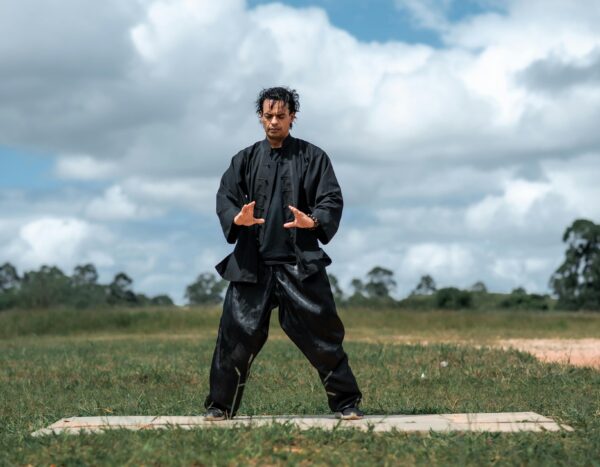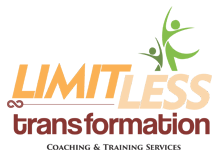 David Hawkins, in Power vs. Force, distinguishes between true power—rooted in integrity, influence, and higher consciousness—and force, which relies on coercion, control, and fear. Power is magnetic and enduring; force is brittle and unsustainable.
David Hawkins, in Power vs. Force, distinguishes between true power—rooted in integrity, influence, and higher consciousness—and force, which relies on coercion, control, and fear. Power is magnetic and enduring; force is brittle and unsustainable.
Today, we see a global tension between these two dynamics. Authoritarianism is on the rise, with leaders clinging to force—censorship, suppression, and fear—to maintain control. Yet, history teaches us that force is ultimately self-defeating. It’s unsustainable and inevitably results in a perpetual cycle of individuals and countries trying to gain power and control from each other through external means – land, physical resources like oil, minerals and water, and, of course, misinformation and money. The next generation, more informed and values-driven than ever, rejects outdated models of command-and-control. They crave authenticity, purpose, and collaboration (Edelman Trust Barometer, 2024). Many are striving for self-actualization want work that supports that goal.
For leaders, this demands a shift. Influence must replace intimidation. Transparency must replace secrecy. Empowerment must replace micromanagement. Those who understand this will inspire, engage, and drive lasting impact. Those who don’t will struggle to retain trust and relevance. As Hawkins noted, “Power serves others, whereas force is self-serving.”
Companies that embrace this shift already see the benefits—Google’s Project Aristotle found that psychological safety and trust, not rigid authority, drive high performance. Similarly, Patagonia’s purpose-driven leadership has created both profitability and deep employee engagement.
The question is no longer whether leadership must change—it’s whether today’s leaders are willing to evolve.
Are you leading with power or merely exerting force?
